Modal Content
- Mattresses
-
Bed Frames
Wood bed frames
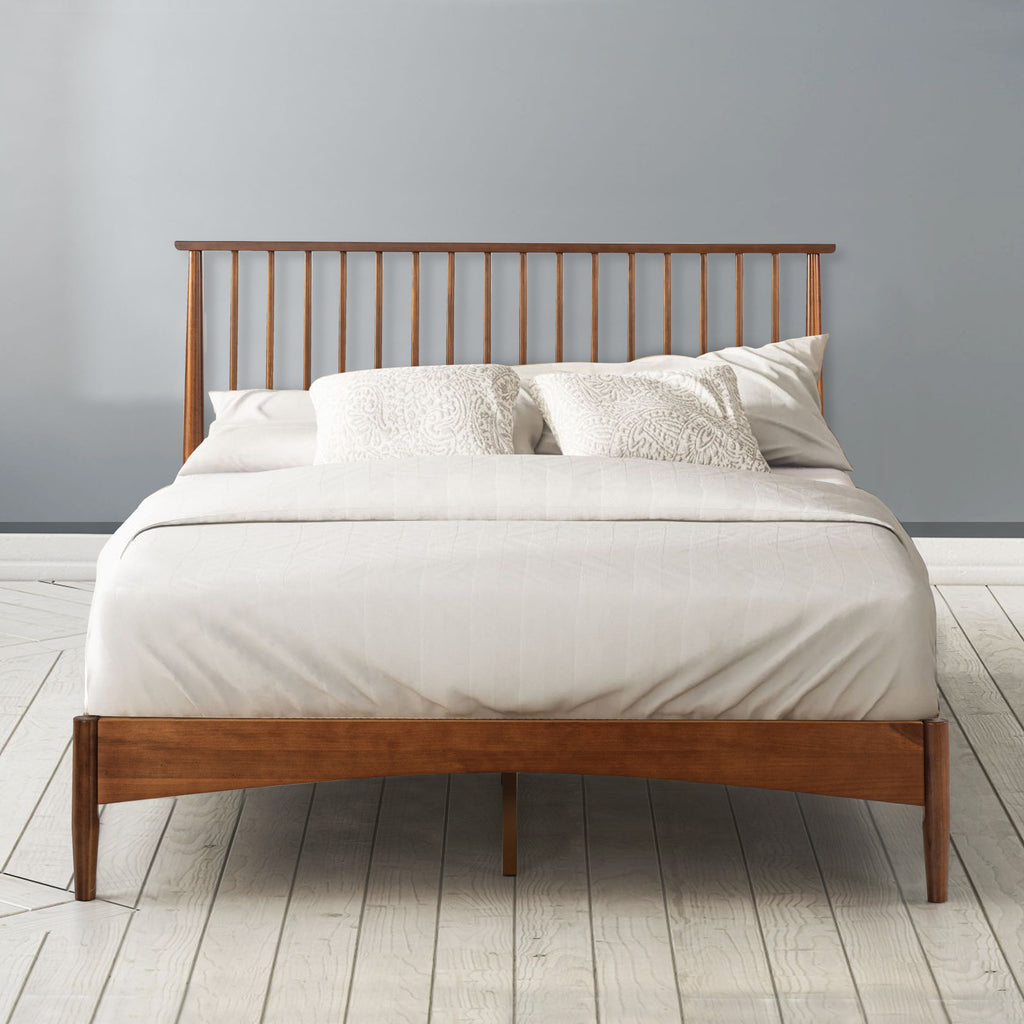
Linda Wood Platform Bed Frame
Starts at $599.00
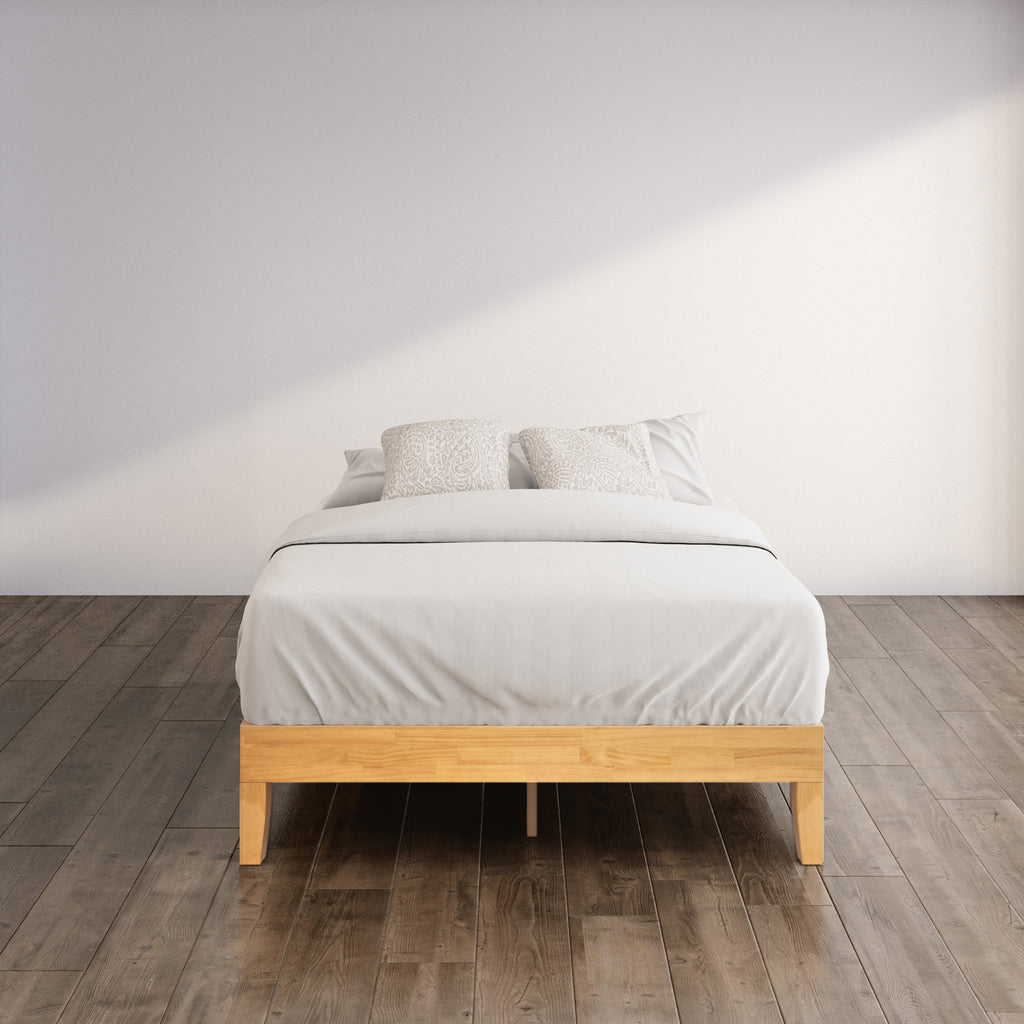
Moiz Deluxe Wood Platform Bed Frame
Starts at $259.00
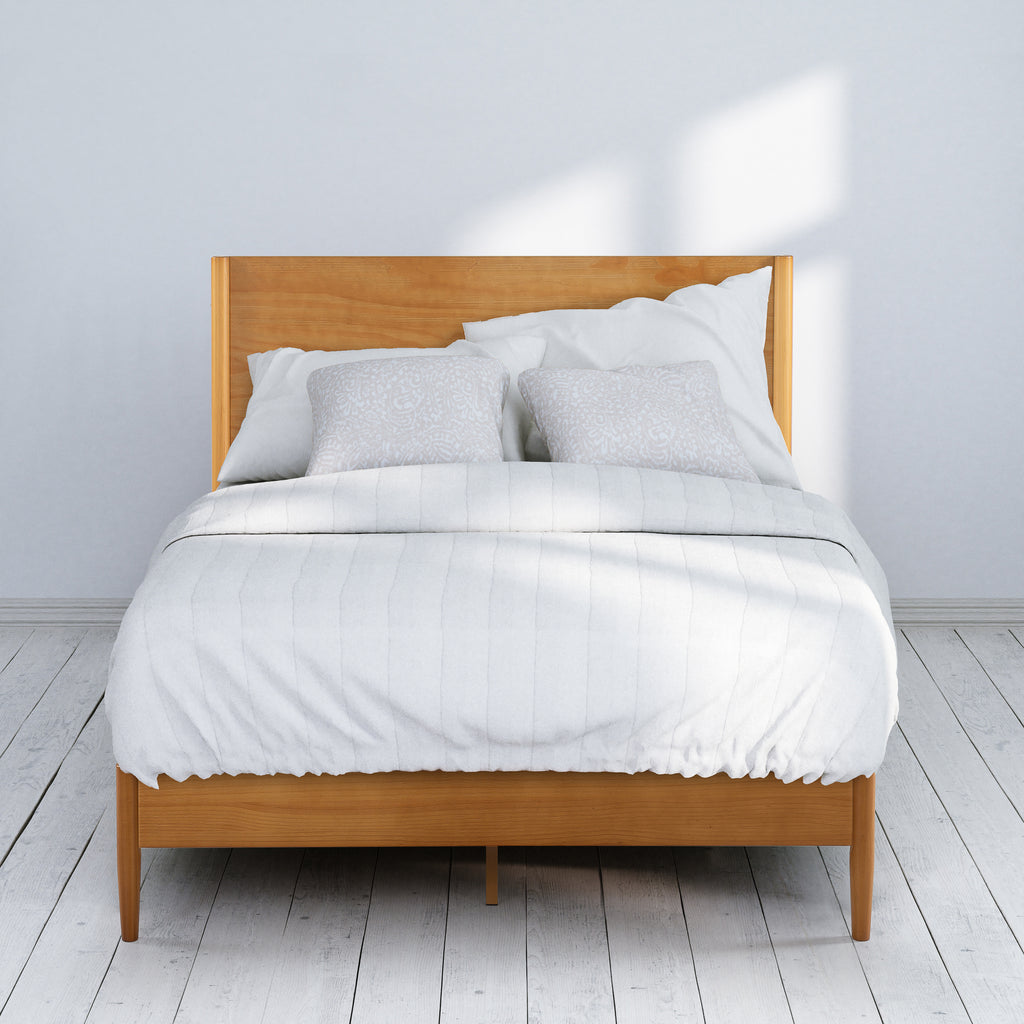
Allen Wood Platform Bed Frame
Starts at $599.99
Wood and metal bed frames

GOOD DESIGN™ Award Winner - Suzanne Metal and Bamboo Platform Bed Frame
Starts at $229.99
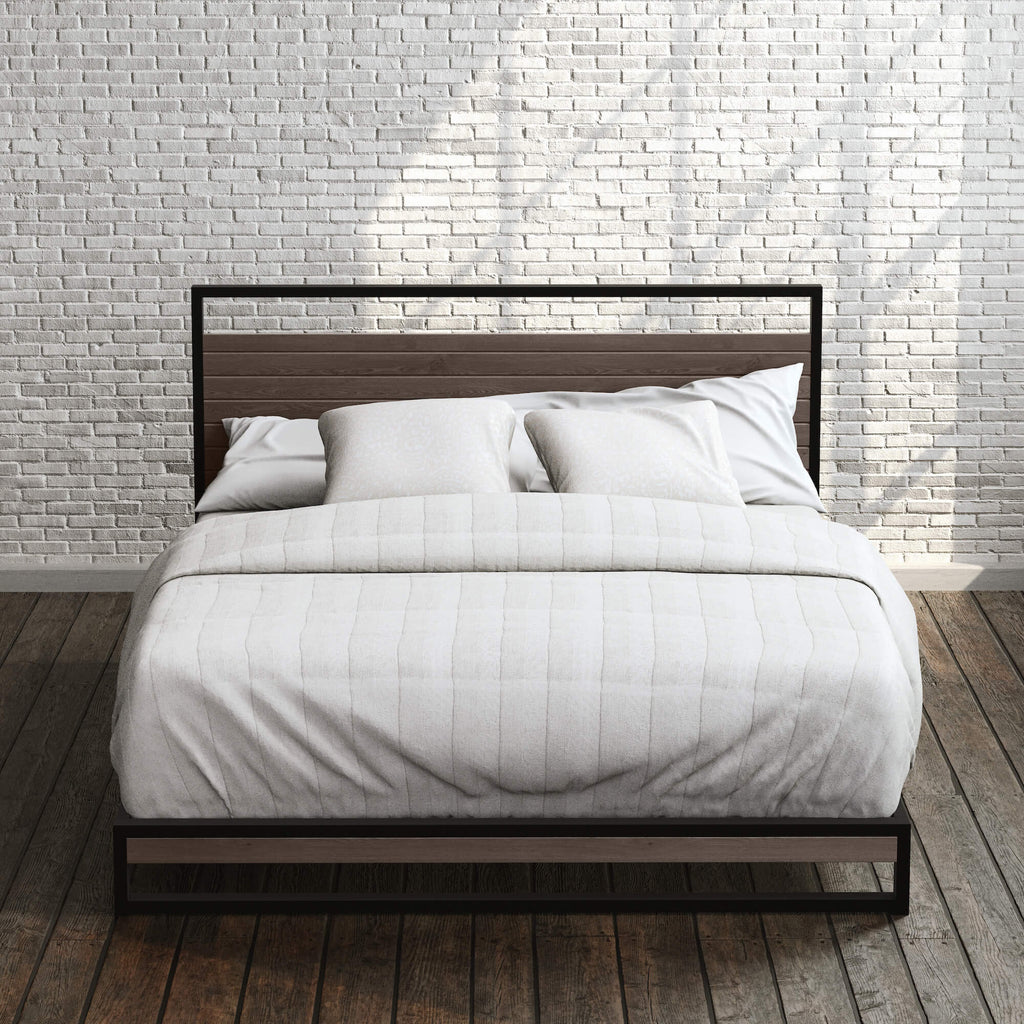
Suzanne Metal and Bamboo Platform Bed Frame
Starts at $319.00

Suzanne
Starts at $352.49
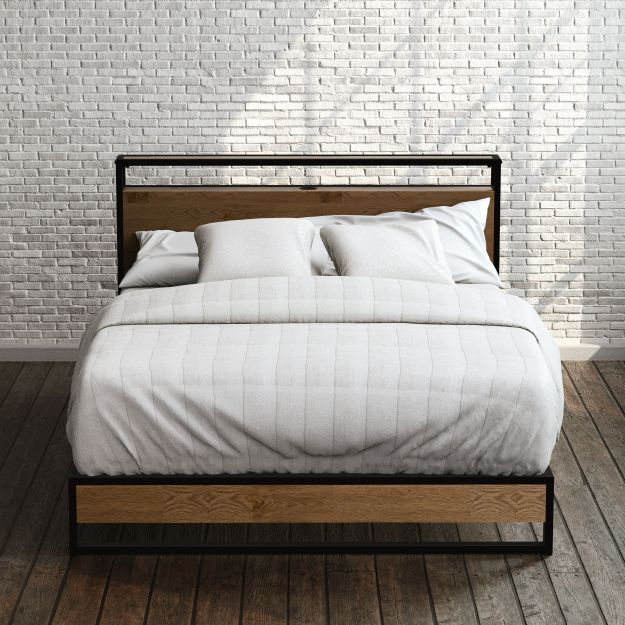
Suzanne Metal and Bamboo Platform Bed Frame with USB Port
Starts at $389.00
Metal bed frames
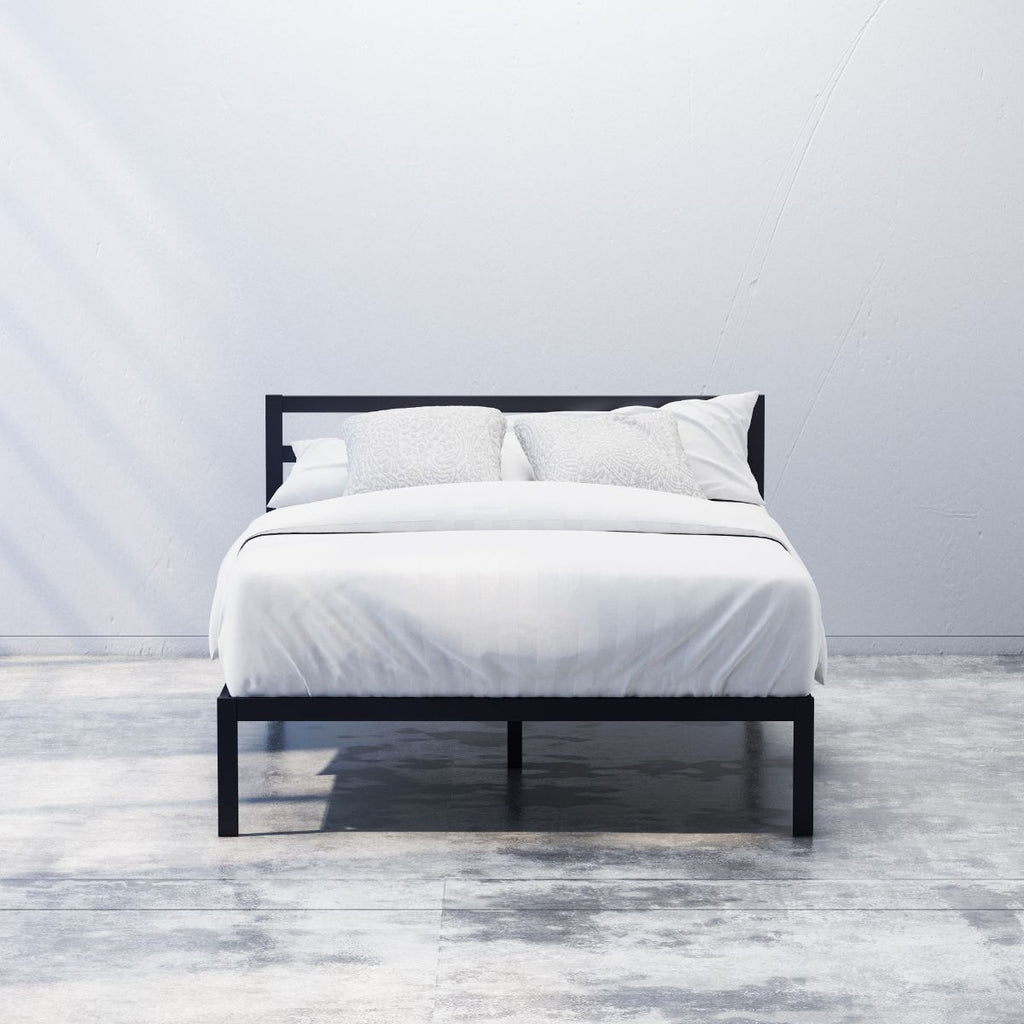
Mia Metal Platform Bed Frame with Headboard
Starts at $229.99
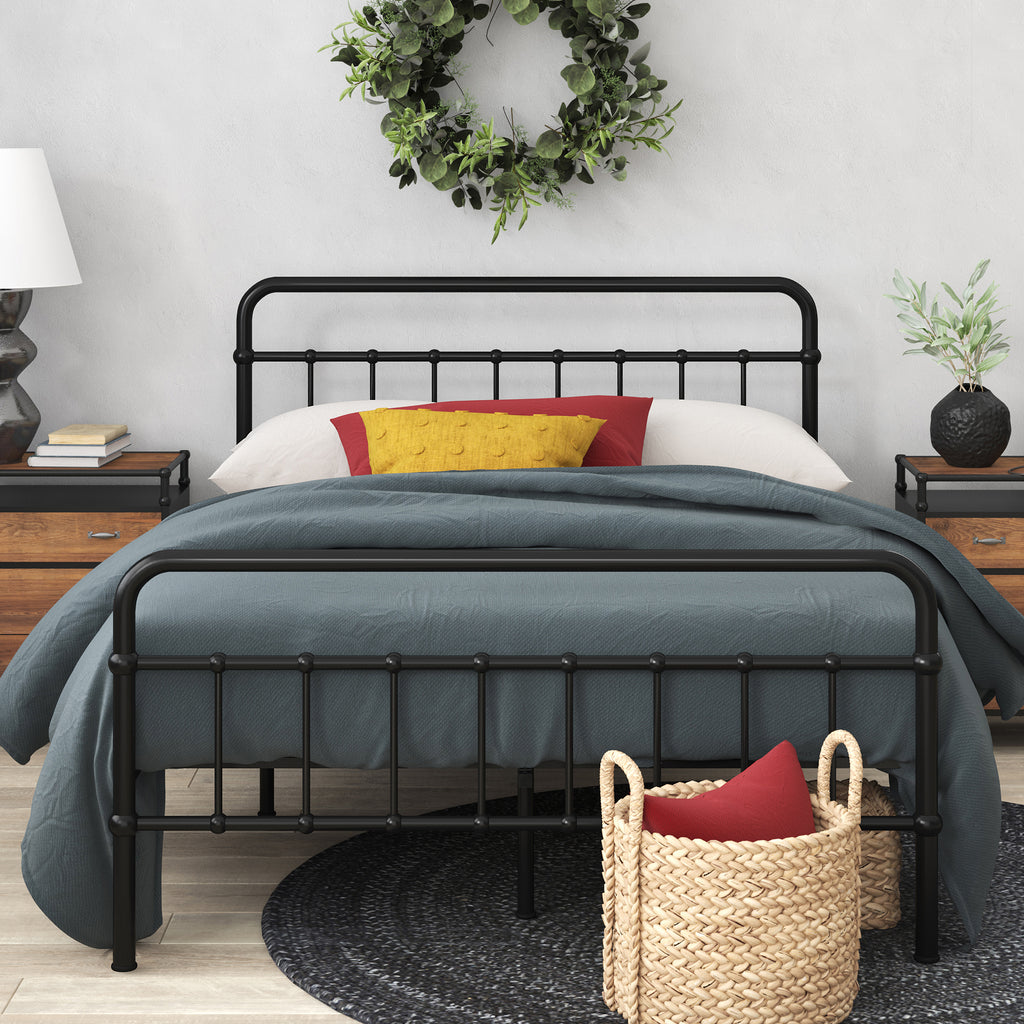
Florence Metal Platform Bed Frame
Starts at $249.99
Upholstered bed frames
- Living
- Accessories
- Sale
CS Outer Container
Our Sleep Specialists are here for you. Online now
Mon - Fri 5 am to 10 pm PST
Sat - Sun 6 am to 6 pm PST
Mobile Bottom Nav
- < Back
-
 Australia
(opens in a new tab)
Australia
(opens in a new tab)
-
 Canada
(opens in a new tab)
Canada
(opens in a new tab)
-
 France
(opens in a new tab)
France
(opens in a new tab)
-
 Germany
(opens in a new tab)
Germany
(opens in a new tab)
-
 Indonesia
(opens in a new tab)
Indonesia
(opens in a new tab)
-
 Mexico
Mexico
-
 Japan
(opens in a new tab)
Japan
(opens in a new tab)
-
 United Kingdom
(opens in a new tab)
United Kingdom
(opens in a new tab)
-
 Italy
(opens in a new tab)
Italy
(opens in a new tab)
-
 Spain
(opens in a new tab)
Spain
(opens in a new tab)
-
 New Zealand
(opens in a new tab)
New Zealand
(opens in a new tab)
$1
 YAY!! Your Order Ships for FREE
YAY!! Your Order Ships for FREE
Sorry, looks like we don't have enough of this product.
Your cart is currently empty.
IN STOCK - Ships in 1 Business Day
Thanks! You've signed up successfully.






























